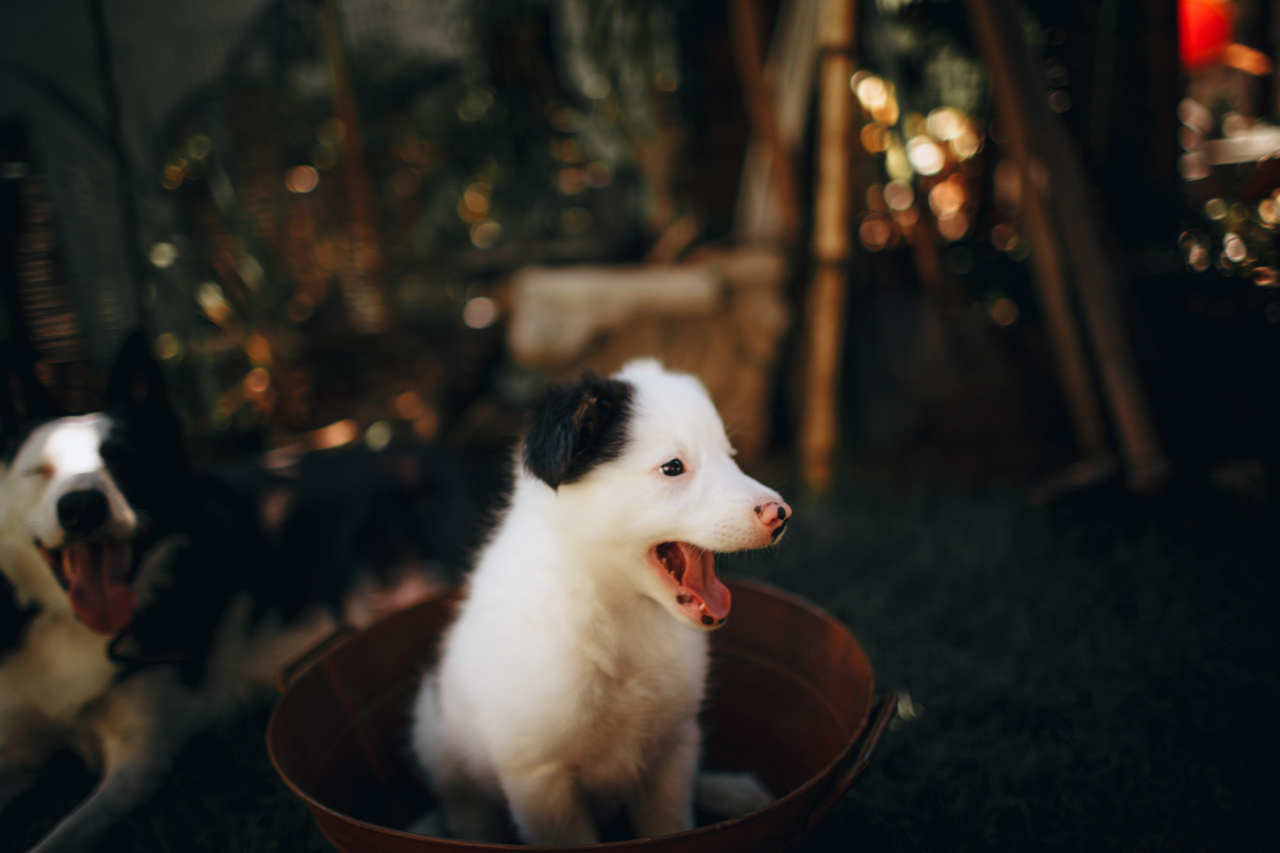When it comes to body modifications and piercings, there are countless options to choose from. One unique and eye-catching option that has gained popularity in recent years is the top of the ear jab.
This type of piercing involves inserting jewelry directly into the top part of the ear, creating a distinctive and fashionable look. While many people are drawn to this piercing for its aesthetics, it is important to understand the potential risks and considerations involved before getting a top of the ear jab.
The process of getting a top of the ear jab
Before delving into the possible risks associated with a top of the ear jab, it is important to understand the overall process of getting this type of piercing. The procedure typically involves the following steps:.
- Choosing a reputable piercing studio: It is crucial to select a professional and experienced piercing studio to ensure proper hygiene and technique.
- Consultation: A professional piercer will discuss the process, jewelry options, aftercare instructions, and potential risks with the client.
- Cleaning the ear: The piercer will clean the ear area thoroughly before proceeding with the piercing.
- Marking the spot: The piercer will use a pen or marker to mark the precise location for the piercing, taking into consideration the individual’s anatomy and desired placement.
- Piercing: Using a sterilized needle or a dermal punch, the piercer will create a hole in the top part of the ear.
- Inserting jewelry: Once the hole is made, the piercer will insert the chosen jewelry, often in the form of a stud or hoop, into the new piercing.
- Aftercare and healing: The piercer will provide detailed aftercare instructions to ensure proper healing and minimize the risk of complications.
The potential risks of a top of the ear jab
Like any body modification procedure, there are inherent risks associated with getting a top of the ear jab. While the majority of individuals may have a smooth healing process, it is important to be aware of the possible complications that can arise.
Some potential risks include:.
1. Infection
Due to the relatively high cartilage content in the top part of the ear, there is an increased risk of infection. The cartilage has a limited blood supply, making it more susceptible to infections.
It is crucial to maintain proper hygiene and follow aftercare instructions to minimize the risk of infection.
2. Pain and Swelling
The piercing procedure can cause pain and swelling in the pierced area. This discomfort is usually temporary but can persist for a few days or weeks. Using cold compresses and over-the-counter pain relievers can help alleviate these symptoms.
3. Allergic Reactions
Some individuals may experience allergic reactions to certain metals commonly used in jewelry, such as nickel.
It is important to discuss any known allergies with the piercer and opt for hypoallergenic jewelry to minimize the risk of an adverse reaction.
4. Keloid Formation
Keloids, which are thick, raised scars, can form as a result of the piercing. Individuals with a predisposition to keloid scarring should carefully consider the potential risks before getting a top of the ear jab.
It is advisable to consult with a dermatologist or professional piercer with experience in dealing with keloids.
5. Nerve Damage
There is a small risk of nerve damage during the piercing process. If the piercing needle accidentally damages a nerve, it can lead to numbness, tingling, or other sensory changes in the surrounding area.
Choosing a skilled and experienced piercer can greatly minimize this risk.
Aftercare and Prevention
To minimize the risks associated with a top of the ear jab, it is crucial to follow proper aftercare instructions. Some general guidelines include:.
- Keep the piercing clean: Use a saline solution or an antimicrobial solution recommended by your piercer to clean the piercing regularly.
- Avoid touching the piercing: Refrain from touching or twisting the jewelry to prevent introducing bacteria or causing irritation.
- Avoid sleeping on the pierced ear: Sleeping on the pierced ear can exert pressure and cause discomfort or slow down the healing process.
- Avoid submerging the piercing: Until the piercing is fully healed, it is important to avoid swimming pools, hot tubs, and other bodies of water that may harbor bacteria.
- Follow up with your piercer: Attend any recommended follow-up appointments and consult with your piercer if you experience any unusual symptoms or complications.
Conclusion
A top of the ear jab may be a fashion-forward and unique piercing choice, but it is essential to consider the potential risks involved.
While the majority of individuals have successful experiences, understanding the risks of infection, pain, allergic reactions, keloid formation, and nerve damage is crucial. By choosing a reputable piercing studio, following proper aftercare protocols, and being mindful of any potential complications, you can minimize the risks and enjoy your new top of the ear jab safely.






























